Species Fact Sheet
Carpophilus corticinus Erichson, 1843
Diagnosis: Carpophilus corticinus specimens are distinguished from other eastern North American species by having the following combination of features: length measured from mandibles to abdominal apex 2.5-2.9 mm, antennomere coloration abruptly or gradually darker at club, pronotum posterior angles nearly forming a 90 degree angle, and posterior rim of mesocoxal cavities smooth, not forming an axillary space.
Distribution: Carpophilus corticinus is found in eastern North America from New York to Georgia and west from Wisconsin to Texas.
Biology: Not much is known about the biology of C. corticinus. It is thought to be associated with wounds on trees (Connell 1956) and has been collected on rotting melon, fallen peaches, fermenting molasses, flowers of Prunus americana, under the bark of Quercus sp., sap flows from Quercus sp., and recently cut Acer sp. (Connell 1956; Price and Young 2006). It has also been trapped using bananas, melons, and brown sugar with bread dough (Price and Young 2006).
References:
Connell WA (1956) – adult description, key to adults, and collection records
Price MB, Young DK (2006) – collection records
Double-click on images to enlarge
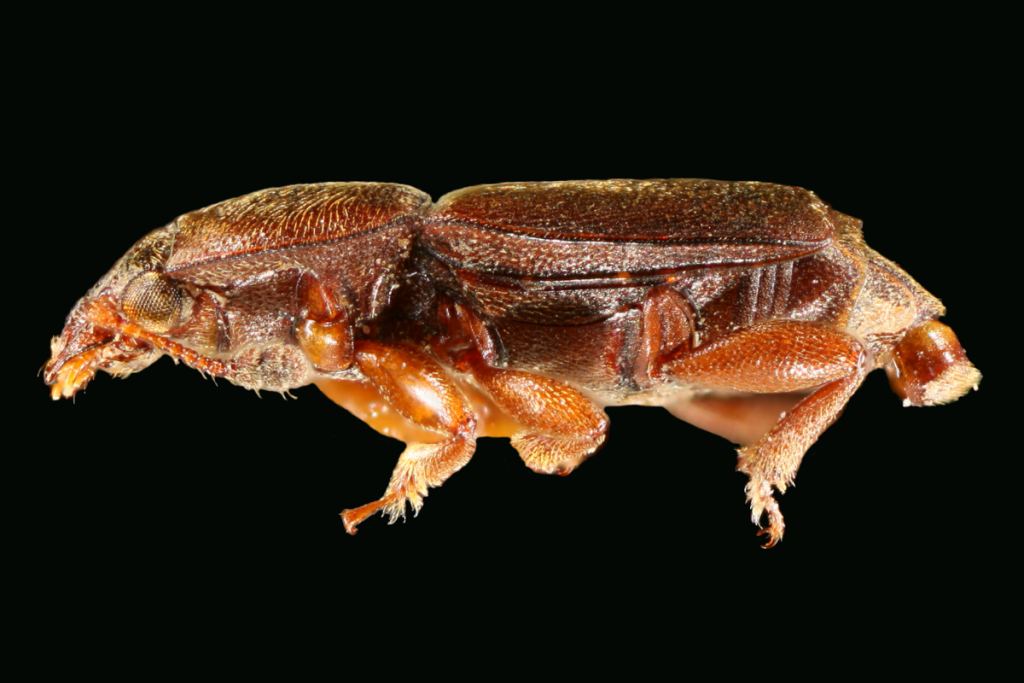
Figure 2. Male lateral habitus
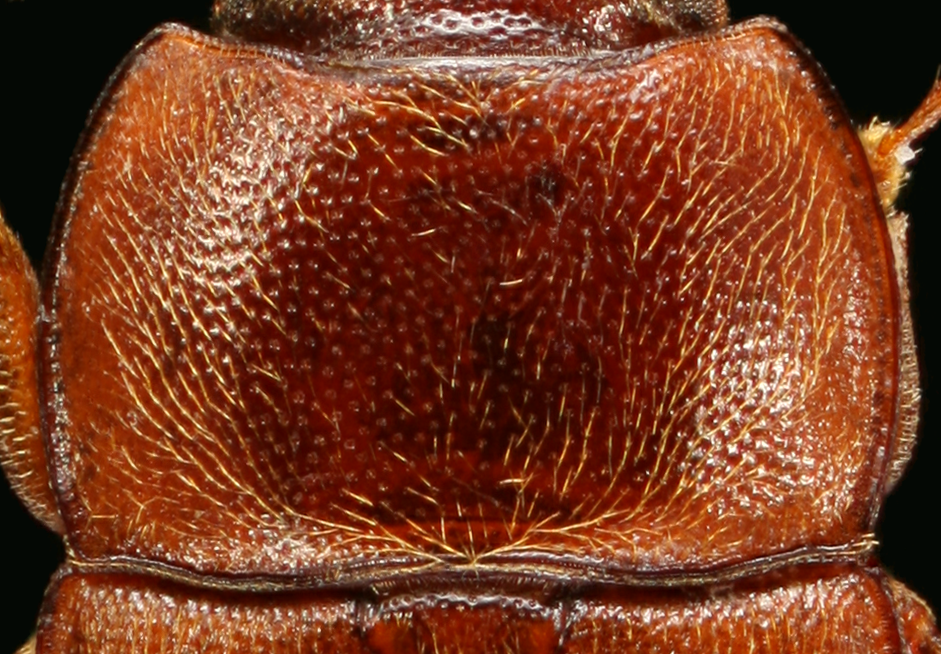
Figure 3. Pronotum (dorsal view)
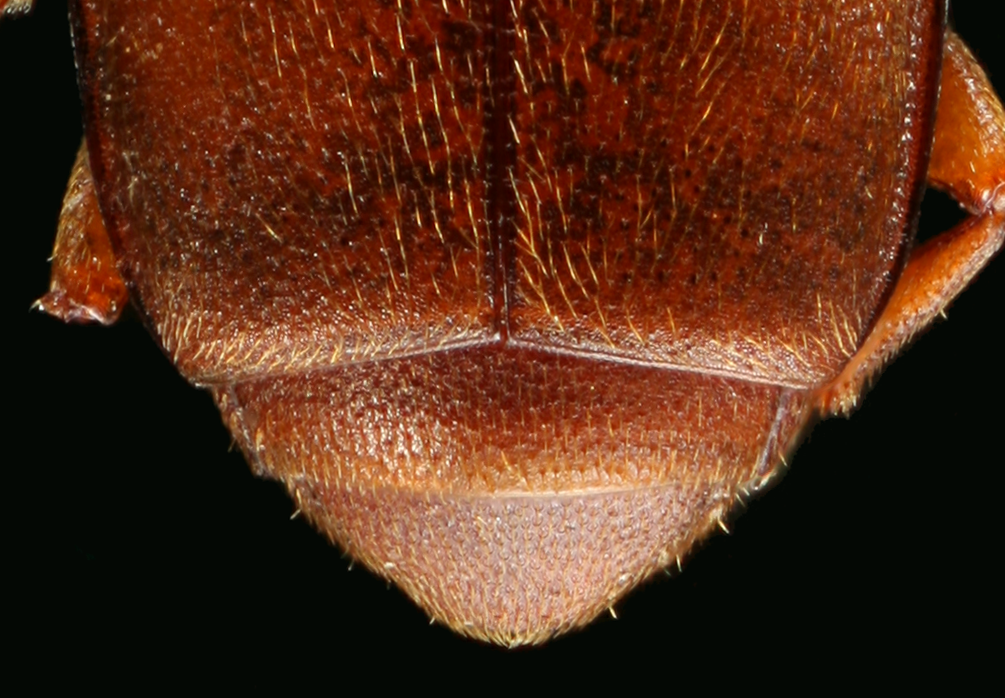
Figure 4. Elytra apex, straight squarely truncated (dorsal view)
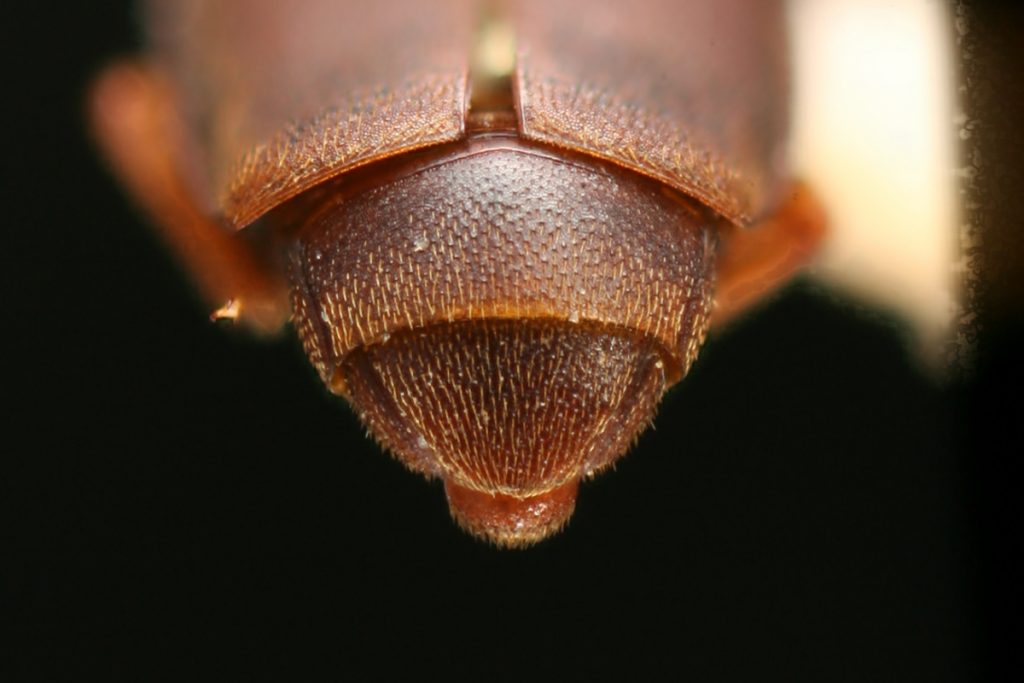
Figure 5. Male pygidium with supplementary segment distended (dorsoposterior view)
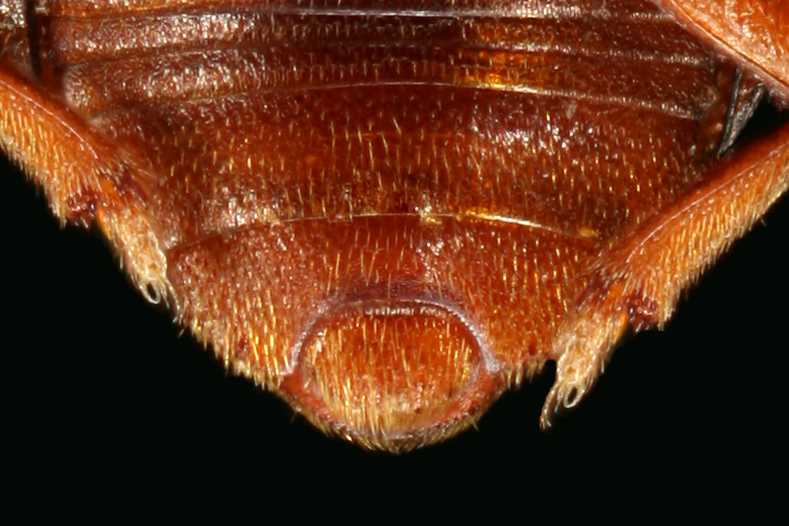
Figure 6. Male supplementary segment (ventral view)

Figure 7. Female pygidium, apical margin shape pointed (dorsoposterior view)
HOW TO CITE THIS WORK:
DiLorenzo, C.L., G.S. Powell, A.R. Cline, and J.V. McHugh (2021) Carpophiline-ID, a taxonomic web resource for the identification of Carpophilinae (Nitidulidae) of eastern North America. (vers. 01.19.2021) University of Georgia, retrieved from https://site.caes.uga.edu/carpophiline-id/
